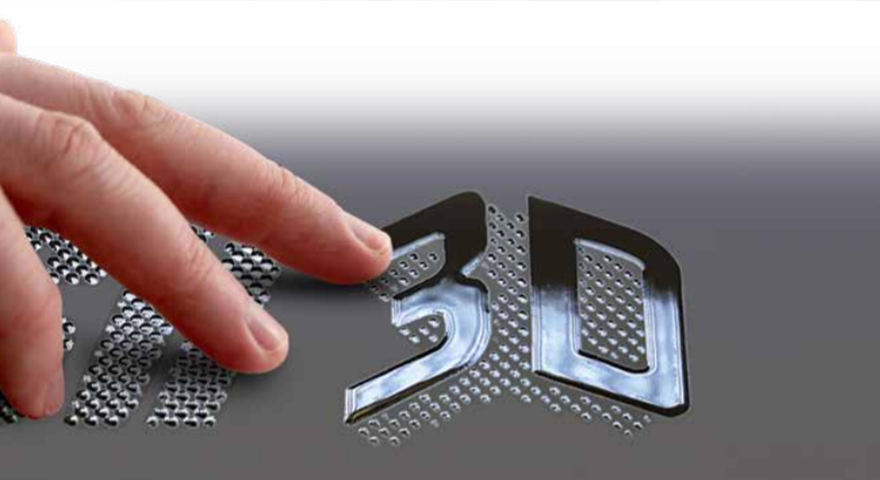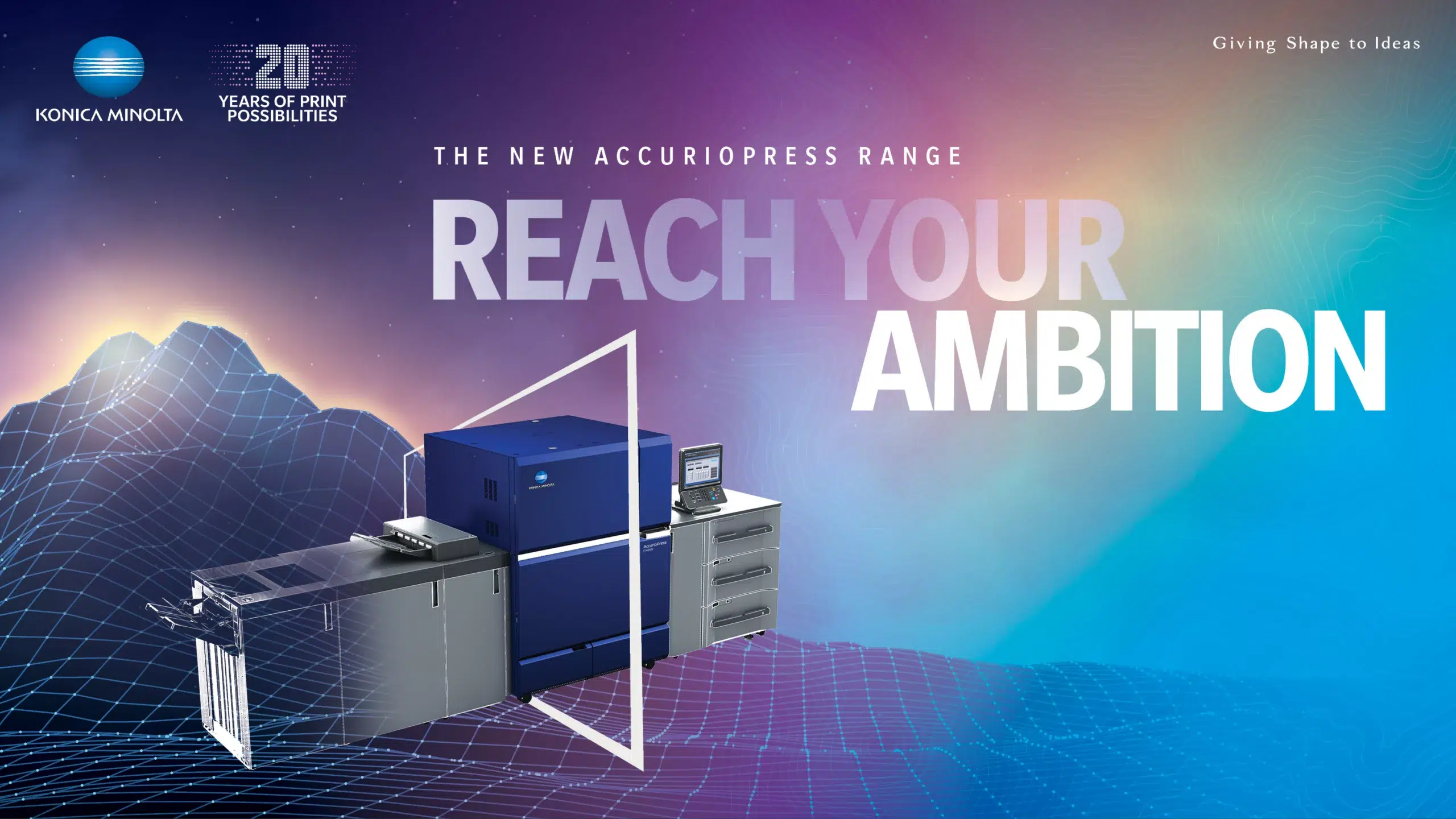People like to touch and feel objects, especially if they’re planning to buy something. Humans are tactile by nature, which means we respond to different textures and feelings in different ways. The physical isolation imposed by COVID-19 has meant that many people have been starved of touch for the past 18 months and are hungry for more sensory experiences.1 Experts are predicting this could result in an overcorrection when the effect of coronavirus eases.
Humans are hardwired to touch things. Touching items increases a sense of ownership by 22 per cent, making people more likely to buy the object. Moreover, when people can touch items, they value them more highly, by as much as 24 per cent, according to research by the University of Wisconsin’s Joann Peck.2
This innate need to touch items before we buy them is a key reason why bricks-and-mortar stores still resonate with consumers in an era when so much can be purchased online. However, it is possible to replicate this effect to some extent even in digital experiences. For example, even just seeing a hand touch an item in a video can deliver that same effect on perceptions of ownership and value. The person responds as if that hand on screen were their own hand, according to Joann Peck.3
This may explain why there is a massive audience for videos online that show consumers receiving and unpacking items they’ve purchased online. As part of these videos, the presenters describe the packaging, demonstrating the key role packing plays in people’s perceptions of a brand.
One of the world’s most successful consumer goods companies, Apple, has been aware of the effect of packing for many years. Apple has invested significantly in the packaging of its products. The sleek, silky feel of its boxes perfectly reflects the sophisticated design of its products and tells consumers exactly what to expect of the product inside the box. The sense of excitement when opening a new Apple product and the corresponding reluctance to throw the packaging away once the product is revealed is an essential part of Apple’s brand allure.
When consumers can’t physically experience the product before purchasing it, such as when buying online, the packaging and unboxing experience becomes even more integral to their post-purchase satisfaction.
Not every organisation can afford to employ full-time designers whose sole job is to spend weeks and months coming up with the ideal package for a product, as Apple does. However, it is possible for organisations of all sizes to create packaging that delivers a strong impact with embellishment.
The rise of digital embellishment
With digital embellishment technology, brands can achieve spectacular printed finishes to product packaging cost-effectively. Some of the options for embellishments include:
- Spot UV varnishing
- 3D embossed or textural effects
- Foiling
Embellished print can increase engagement with products, create a higher perceived value of that product, and a sense of ownership if the person can touch the product or see someone else’s hand touch that product. It can also help brands command a higher price. Brands that can get embellishment right can potentially outperform the competition even in an era where in-person interaction with products is limited.
To find out how Konica Minolta can help your business benefit from digital embellishment contact the team today.
1 https://www.tmc.edu/news/2020/05/touch-starvation/
2 https://www.researchgate.net/publication/227630721_The_Effect_of_Mere_Touch_on_Perceived_Ownership
3 https://www.jetpros.org/news




